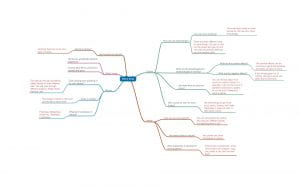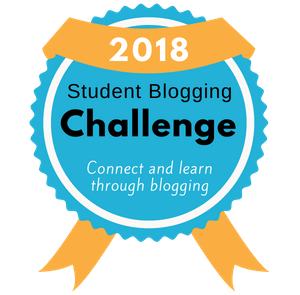Hello y’all! Welcome back to my blog! In this post, you’ll learn about cloning plants and cells. So, let’s jump straight into it.
In our project in science this year, we’ve been learning about cloning plants. We later looked deeper and found cells going through stages of what is called “mitosis.” I will explain mitosis later, but first, let’s start off with the plants.
Lets start with the basics. What is cloning. Clones are living things that are identical to each other. In plants, there’s a parent plant and the parent plant’s roots can be cut to make more plants that are identical to the parent plant. They have the same DNA, and can be cloned multiple times. So how are all these things cloned? First, there’s cells in the plants. The cells must go through something called mitosis to be able to duplicate itself into two daughter cells. There are 5 stages of mitosis. Prophase, Metaphase, Anaphase, Telophase, and Cytokinesis. Down below is a chart with what we found under the microscopes from our clones.
For my project, my partner Kyle and I, decided to clone potatoes. Unfortunately, we only had about a week and a half to make the plant grow so the plant didn’t have much root to itself. We tried making a slide with the root we had from the potatoes but they were to small and we couldn’t find the cells. Later, we decided to use some garlic instead. The clones of those were very successful(Thanks to Emerson). The photos above are all the stages of mitosis we found in the clones.
Now I want to talk about some core competencies.
1. Select and use appropriate equipment, including digital technologies, to systematically and accurately collect and record data.
Kyle and I have been improving every time we make a slide. First, we started off by creating an animation and later got to create the actual slide. The images you saw in the chart are pictures taken from our slide.
2. Connected scientific explorations to careers in science.
For this one, we looked at all the stages of mitosis and compared it with the diagram. We had to find all the phases and match the diagram and we did that successfully.
3. Formulate physical or mental theoretical models to describe a phenomenon.
When we took the photos, we understood each stage just by simply looking at them since we looked at the diagram so much. We used the photos as a model to show that we found all phases of the mitosis.
4. Collaboratively and individually plan, select, and use appropriate investigation methods, including field work and lab experiments, to collect reliable data.
We did this by making a procedure plan for our first clone and second clone. We used it to both clone the dandelions and potatoes successfully. We took photos of the parent plants before cloning them.
The core competencies are basically the things the teachers mark us on. It’s what we need to improve one and what we did successful. Anyways, that’s one thing to talk about, now let’s talk about my project end mind map.
In the mind map, there are things I learned that I added. The red are what I found out, and the black is what I knew before. Here’s my mind map.
Well, that’s the end of another project, stay tuned for other posts in the future and I’ll see you next time. Bye.



Leave a Reply